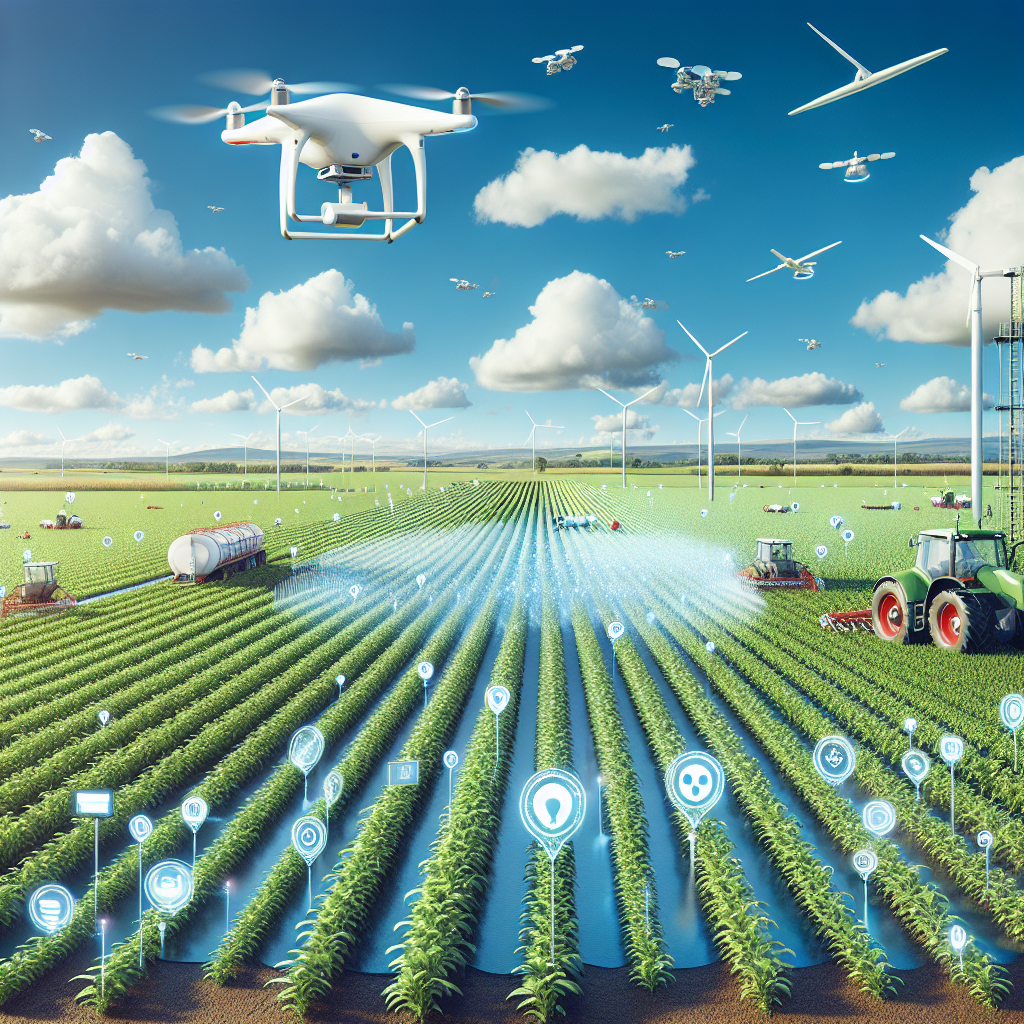Advances in Smart Agriculture
Agriculture has seen tremendous advancements over the past few decades, driven by the need to feed a rapidly growing global population. The advent of smart agriculture technologies has revolutionized traditional farming practices, leading to increased efficiency, reduced costs, and more sustainable operations. This article delves into the cutting-edge developments in smart agriculture and their impact on the farming industry.
Introduction to Smart Agriculture
Smart agriculture, also known as precision agriculture, utilizes modern technologies such as the Internet of Things (IoT), Artificial Intelligence (AI), and drones to optimize farming processes. These technologies enable farmers to monitor crops, manage resources more effectively, and make data-driven decisions to improve yields and sustainability.
The Role of IoT in Smart Agriculture
IoT plays a crucial role in smart agriculture by connecting various devices and sensors to a central network. These devices collect real-time data on soil conditions, weather patterns, crop health, and equipment performance. This information is then transmitted to farmers, providing them with actionable insights to enhance their farming practices.
Soil and Crop Monitoring
Sensors embedded in the soil can measure moisture levels, pH, temperature, and nutrient content. This data helps farmers understand the exact needs of their crops, allowing for precise irrigation and fertilization. For example, if the soil moisture level drops below a certain threshold, an automated irrigation system can be activated to water the crops.
Weather Forecasting
Accurate weather forecasting is essential for farming. IoT devices can collect data on atmospheric conditions and predict weather patterns with high accuracy. This allows farmers to plan planting, irrigation, and harvesting schedules more effectively, reducing the risk of crop damage due to adverse weather conditions.
Equipment Management
IoT technology also improves the efficiency and reliability of farming equipment. Sensors can monitor machinery for performance issues, predict maintenance needs, and even automate tasks such as planting and harvesting. This reduces downtime and ensures that equipment functions optimally throughout the farming season.
Artificial Intelligence in Smart Agriculture
AI complements IoT by analyzing the vast amounts of data collected from sensors and other sources. Machine learning algorithms can identify patterns and trends, providing farmers with valuable insights to make informed decisions.
Crop Health Analysis
AI-powered tools can analyze images captured by drones or cameras mounted on equipment to detect signs of disease, pests, or nutrient deficiencies in crops. Early detection allows farmers to take corrective actions before the issues become widespread, minimizing crop loss and maximizing yield.
Yield Prediction
By analyzing historical data and current conditions, AI models can predict crop yields with high accuracy. Farmers can use this information to plan storage, marketing, and distribution strategies, ensuring that they get the best possible return on their investment.
Resource Optimization
AI can also optimize resource usage by providing recommendations on irrigation, fertilization, and pest control. This ensures that inputs are used efficiently, reducing waste and environmental impact while maintaining high productivity.
Drones in Smart Agriculture
Drones have become indispensable tools in smart agriculture, offering a bird’s-eye view of fields and providing valuable data and insights.
Aerial Surveillance
Drones equipped with high-resolution cameras can capture detailed images of fields, allowing farmers to monitor crop health, soil conditions, and the effectiveness of irrigation systems. This aerial perspective helps identify issues that may not be visible from the ground.
Precision Spraying
Drones can be used for precision spraying of pesticides, herbicides, and fertilizers. They can target specific areas that need treatment, reducing the amount of chemicals used and minimizing environmental impact.
Planting and Seeding
Some advanced drones are capable of planting seeds in fields, offering a faster and more efficient alternative to traditional planting methods. This is particularly useful for reforestation projects and large-scale farming operations.
Conclusion
The advancements in smart agriculture are transforming the farming landscape, making it more efficient, sustainable, and profitable. By leveraging IoT, AI, and drones, farmers can optimize their operations, reduce costs, and increase yields. As technology continues to evolve, smart agriculture will play an increasingly vital role in addressing the challenges of global food security and environmental sustainability.

